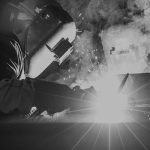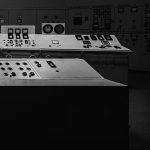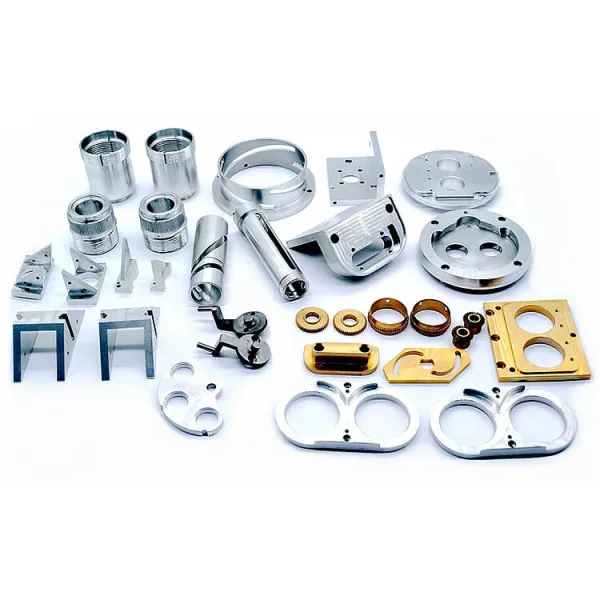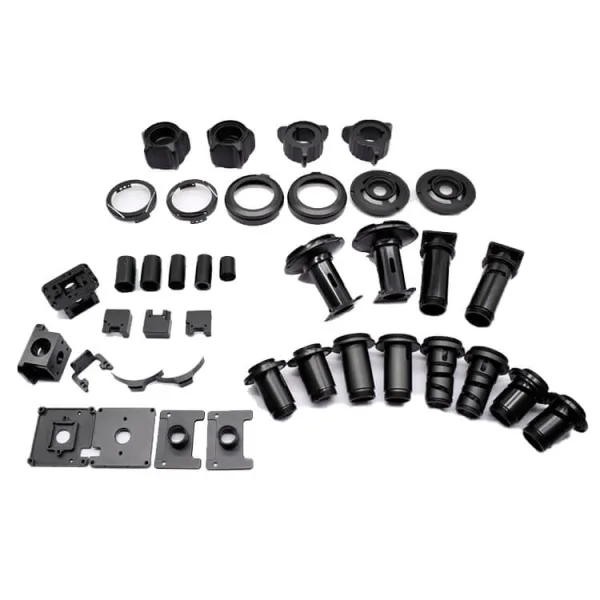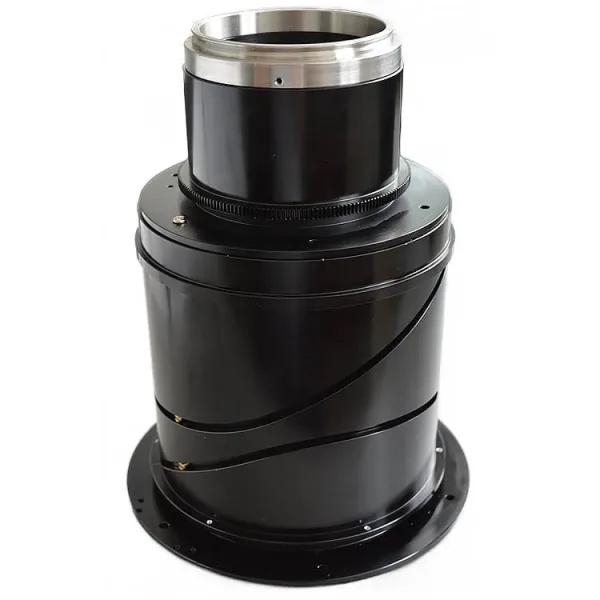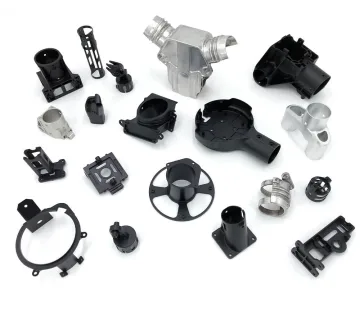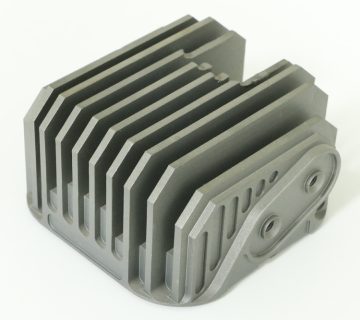Our Custom CNC Milling Parts Services
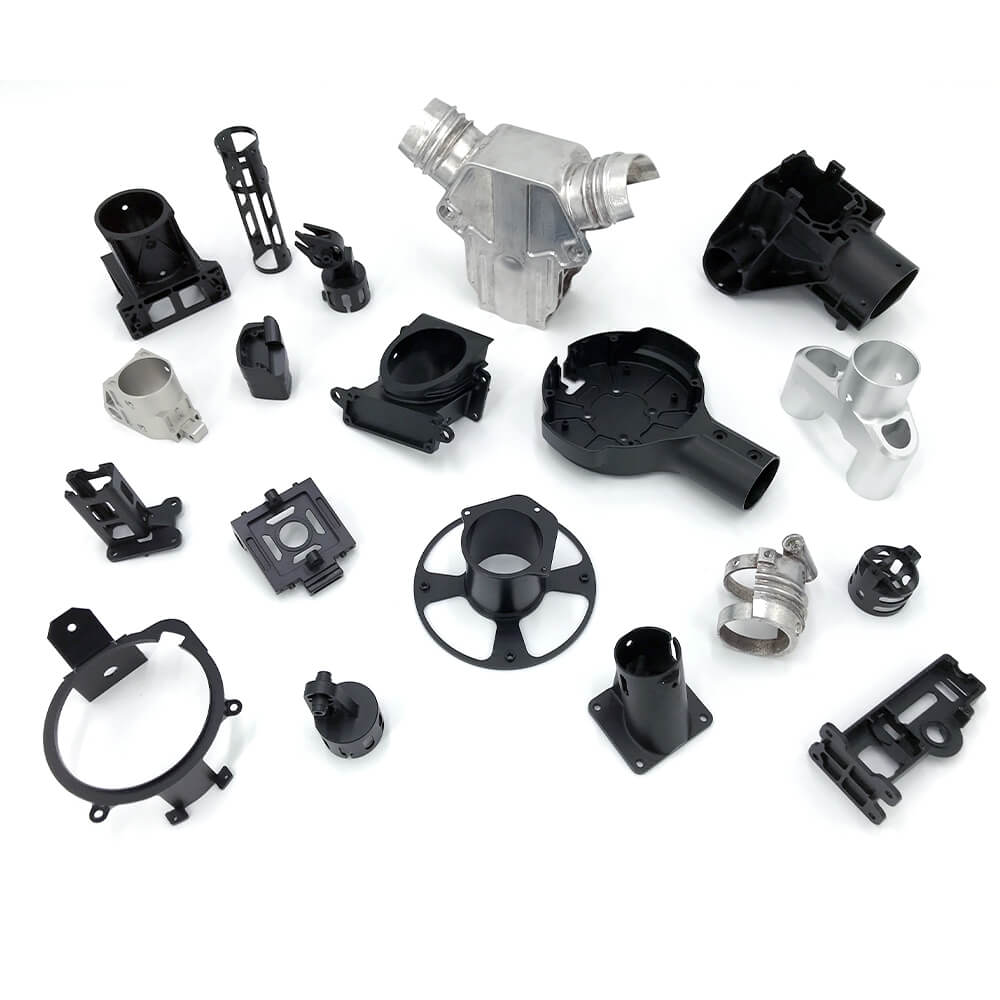
CNC Milling Services
One of the fastest cnc turning parts service manufacturers in China, complete prototype manufacturing and delivery within 24 hours. For mass production and delivery, we are equipped with more than 120 lathes of various types, just to meet needs of precision turning parts. Choose suitable, fast and stable CNC turning to produce high-precision and high-quality CNC turning parts for you. Upload your CAD or 3D files, our professional team will provide you with free review, drawing optimization, quotation and DFM within 4 hours.
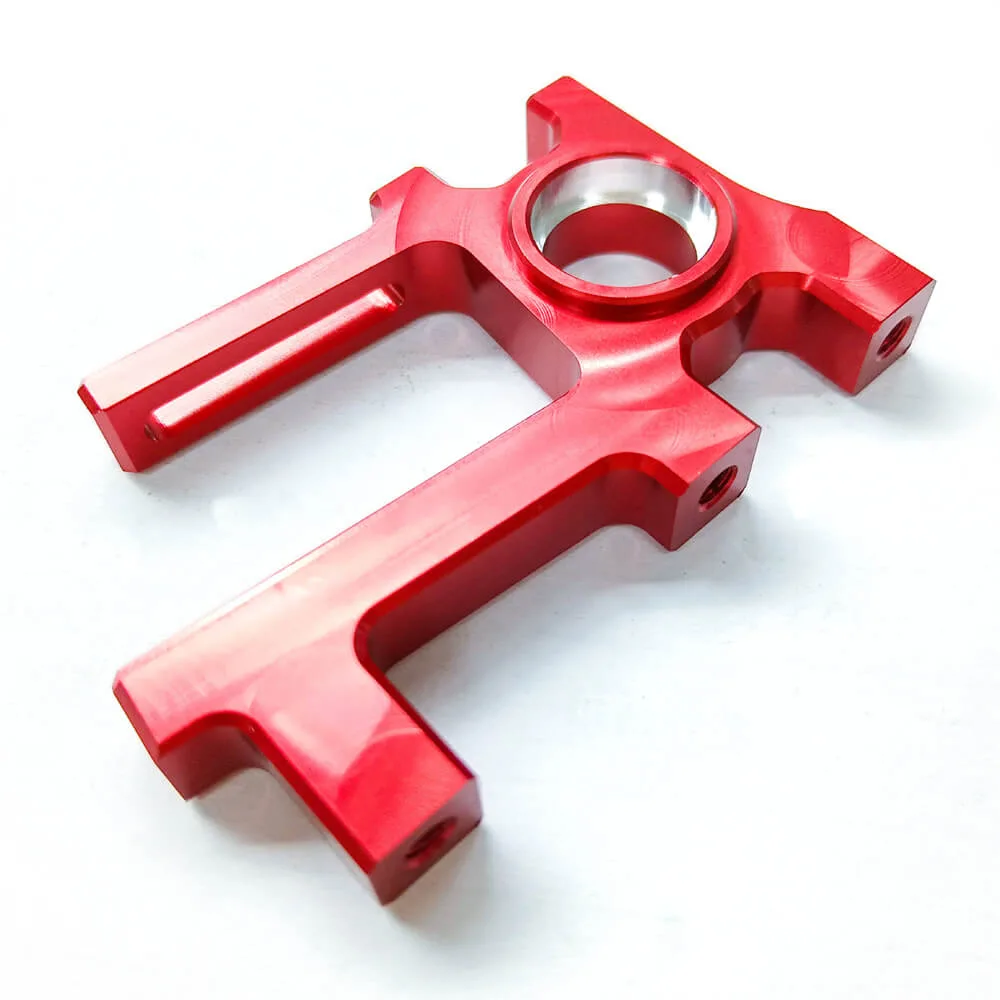
Why CNC Milling?
CNC milling is ideal for making angled shapes, channels, slots, holes, curves, chamfers, among other complex geometries and features. It also offers a short lead time as parts can be created within minutes, whereas conventional machining processes (like injection molding) might take days (sometimes weeks) to complete. CNC milling machines are also compatible with a broad range of materials, including metals, plastics, and composites. This is one of the primary advantages of CNC machines over additive manufacturing processes like 3D printing, which can only create plastic and a few metal parts. You should also opt for CNC milling if you want to create parts with excellent surface finishes, as this subtractive manufacturing process offers a broad range of surface finish options, including painting, chroming, and anodizing.
Types of Multi-Axis CNC Milling

3-Axis Milling
the most basic type of milling operation, using three axes of motion including X, Y, and Z to machine a workpiece. 3-axis CNC milling is one of the most widely used manufacturing techniques for mechanical parts, it is ideal for milling parts with simple designs.
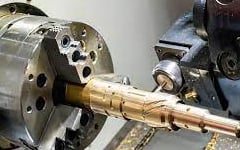
4-Axis Milling
a rotary table is added to the CNC machine, allowing the workpiece to be rotated around a fourth axis. This enables the milling of complex shapes and contours on the workpiece.
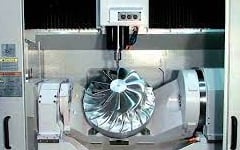
5-Axis Milling
a type of 5-axis machining, the machine has two additional axes of motion, typically a rotary axis (A) and a tilting axis (B). This allows the tool to approach the workpiece from multiple angles, enabling highly complex shapes for industries like aerospace, medical, etc.
Project Service Guide

- Design Source Files(STL、 STP etc);
- Order Quantity;
- Tolerance Range;
- Surface Treatment Requirements;
- Purpose
- Project Review By Engineers to confirm all the details;
- Quotation;
- Sign NDA(non-disclose- aggrement) if need.
- Shipping method & documents;
- Term of Payment;
- Packaging Details;
- Delivery Date,etc.
- Production Plan;
- Workflow & Process Control;
- Monitoring in whole procedure.
- Feedback to Client continually.
- All Functions Testing;
- Surface Testing;
- Go Through All Project Details;
- Packing Testing:
- Testing & QA Report.
CNC Milling FAQs
Plane: CNC milling machines can be used to process various planes, including straight lines, arcs and various complex shapes.
Cam: The cam is a common part in machinery, and the CNC milling machine can be used to process various shapes of the cam.
Thread: CNC milling machines can be used to process a variety of threads, including precision threads and special-shaped threads.
Holes: CNC milling machines can be used to process holes of various shapes and sizes, including straight through holes, blind holes, inclined holes, etc.
Curved surfaces: CNC milling machines can be used to process various complex curved surfaces, including spherical surfaces, rotating surfaces and free-form surfaces.
Gears: CNC milling machines can be used to process various gears, including spur gears, helical gears, arc gears, etc.
In short, CNC milling machines can be used to process parts of various shapes and sizes, and have the advantages of high precision, high production efficiency, and stable machining accuracy.
Turning operations are performed by rotating the workpiece and using a stationary cutting tool, and milling operations are performed by rotating the cutting tool and leaving the workpiece locked in place.
The most common materials used in CNC milling are metals such as brass, Titanium, aluminium or steel, and plastics such as PVC, ABS, polycarbonate and polypropylene.
Due to the spinning motion produced by the CNC milling machine’s cutter, the surface finish of CNC machined parts will have visible toolmarks. If you require a smooth, unblemished finish to your part, we recommend choosing a secondary finish: grained finish or powdercoat.
Yes, we offer CNC Turning (Lathe), as well as CNC Machining with 5-Axis, 3-Axis and CNC Routers.
Look at Some Examples of Our Work

Let’s discuss your project. For DMF review, please click here.

